Local industry hits the big time at Saint-Étienne’s International Design Biennale
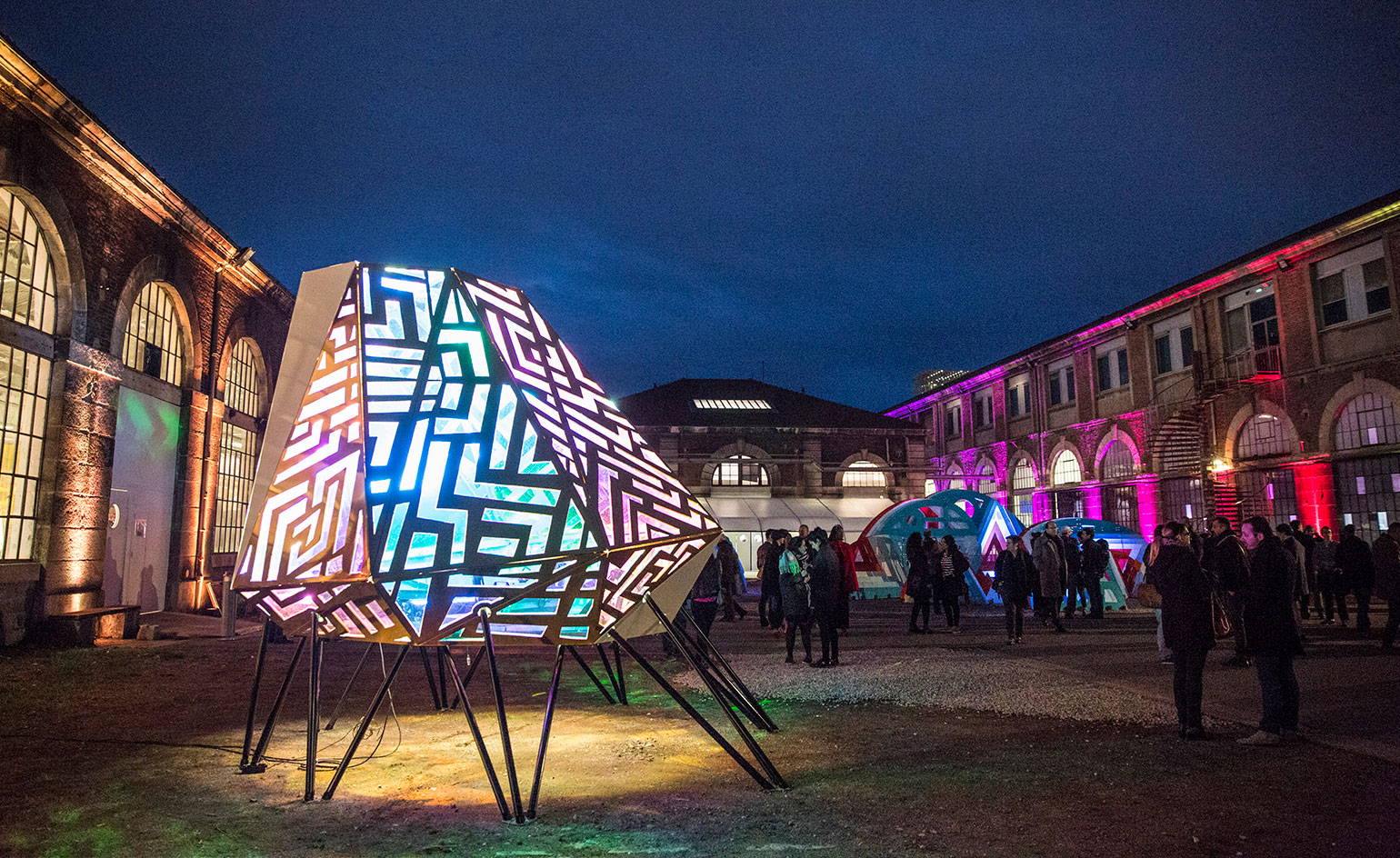
A reflective mood pervades the tenth edition of Saint-Étienne’s International Design Biennale. Heralded as one of the industry’s most exciting design events, this year sees a greater focus on research and the promotion of local industry, and an absence of international design brands and flashy new prototypes – perhaps a sign of the turbulent political climate.
Following on from 2015’s theme of ‘Beauty’, the show’s director Olivier Peyricot asked exhibitors to ponder the subject of ‘work promesse and the shifting work paradigms’, explaining that this year’s Biennial ‘is conceived in part as a research programme’. At the fair’s main site, La Cité du design – a former arms factory – a multitude of exhibitions approached the subject from a variety of different angles.
As well as optimistic and informative surveys of the new digital tools that are helping to ease the workload in the domestic sphere, a selection of exhibitions imagine the future workplace, and the outlook is mixed. Showing as part of the utopian ‘Neoteny Institute for the End of Work’, Gwenola Wagon and Stéphane Degoutin’s installation imagines an abandoned call centre where the frustrated employees, driven mad by their oppressive environment, have abandoned their posts, leaving the plants to take over.
Meanwhile ‘Cut & Care’, curated by Ju Hyun Lee and Ludovic Burel, imagines a future workforce of ‘horizontal workers’ whose 24/7 working hours have led them into an increasingly sedentary state. Laid out across a green skate park-like space, the curators have gathered objects that they imagine would suit the lifestyle of these workers. Their selection includes nostalgic design icons such as Joe Colombo’s 1969 'Tube' chair to tongue-in-cheek suggestions like the Hövding air bike helmet – a helmet with a built-in air bag in case workers become dizzy and fall over after prolonged periods of lying down.
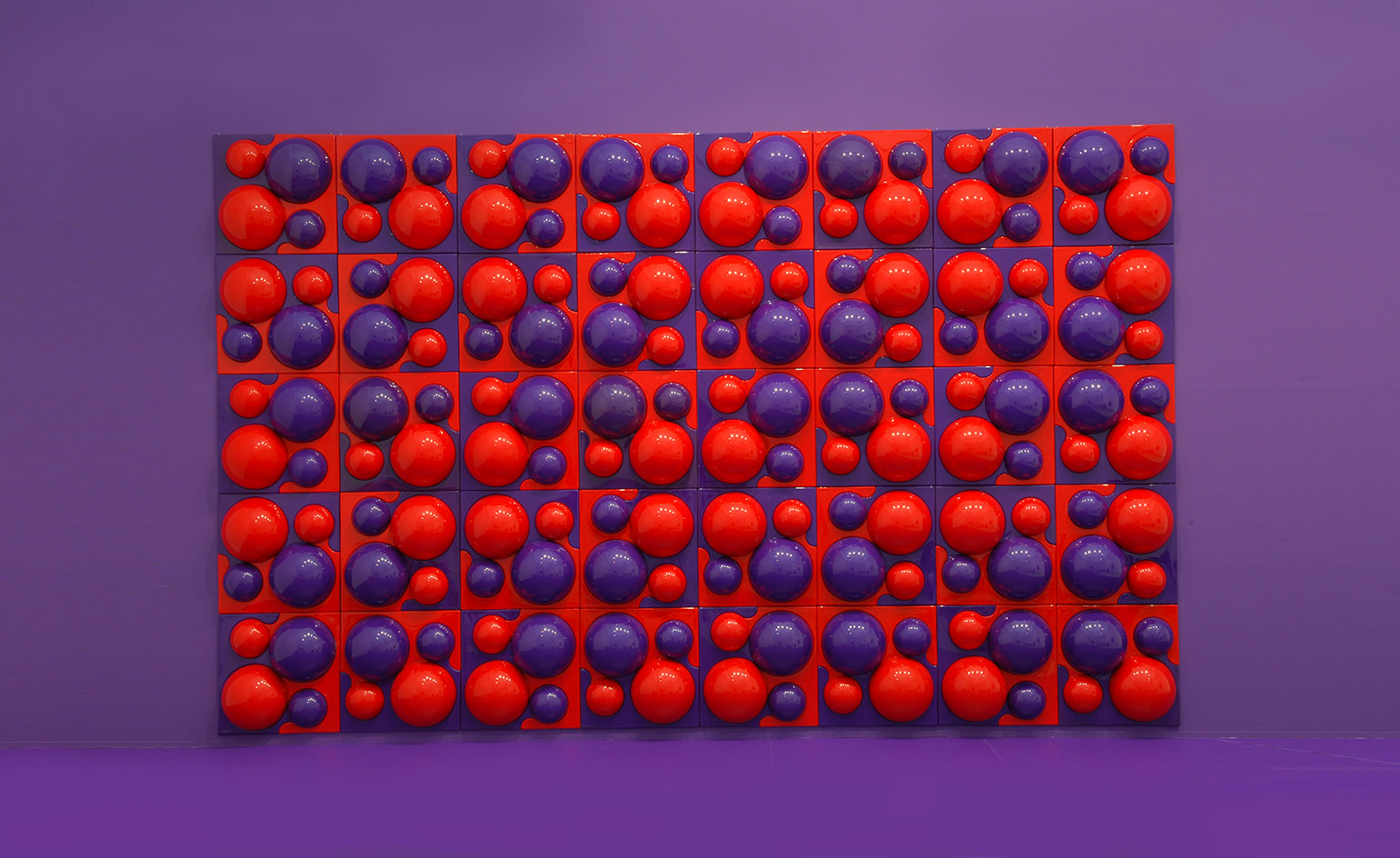
The city’s Musée d’Art Moderne et Contemporain examined the relationship of design and cinema with ‘Popcorn’, curated by Alexandra Midal and Sébastien Delot
With a total of three exhibitions at the Cité, the city of Detroit is this year’s guest of honour. As a fellow member of the UNESCO Creative Cities Network, Detroit is keen to show how, much like Saint-Étienne, it’s drawing upon its industrial past to build a better future through creative communities. Events include a pop-up cafe hosted by Creative Many Michigan and designed by Detroit-based Laavu studio. A series of dazzling installations by architecture and design practice Akoaki are being used for musical performances, while an exhibition called ‘Footwork’ showcases works created in Detroit through unconventional collaborations.
Highlights include a series of fantastical customised bikes created by the East Side Riders Collaborative, and the 'Foam-o' bench made by local studio Thing Thing using scrap materials from the factory of Lear Corporation, which makes foam for car seats.
Outside of the Cité du design, the Biennale commandeered the area’s art galleries, museums and most striking architectural icons. The Musée d’Art et d’Industrie celebrated local precision optics company Thales Angénieux and its rich history of film making, while the city’s Musée d'Art Moderne et Contemporain examined the relationship of design and cinema with ‘Popcorn’, curated by Alexandra Midal and Sébastien Delot.
Le Corbusier’s Cultural Centre and Church Saint-Pierre played host to two shows that examined movement and work. At the church, ‘Rituals and Routines’ gathers over 30 modern and contemporary art works that explore the simple gestures of working life, while at the Cultural Centre, ‘Looping’ sees choreographer Julie Desprairies and designer David Enon create a show that blends furniture design and dance performance, both inspired by the daily routines and behaviours of staff working at the Centre.
At the Musée de la Mine a number of site-specific installations were woven into the mine’s industrial architecture. Most impressive was museum director Philippe Peyre’s investigation into depictions of work in the Saint-Étienne region from between 1850–2017. From painted walls and roundabouts, to public buildings, monuments, churches and cemeteries, his displayed collection of images talk to us about our changing relationship with work and its place in our lives.
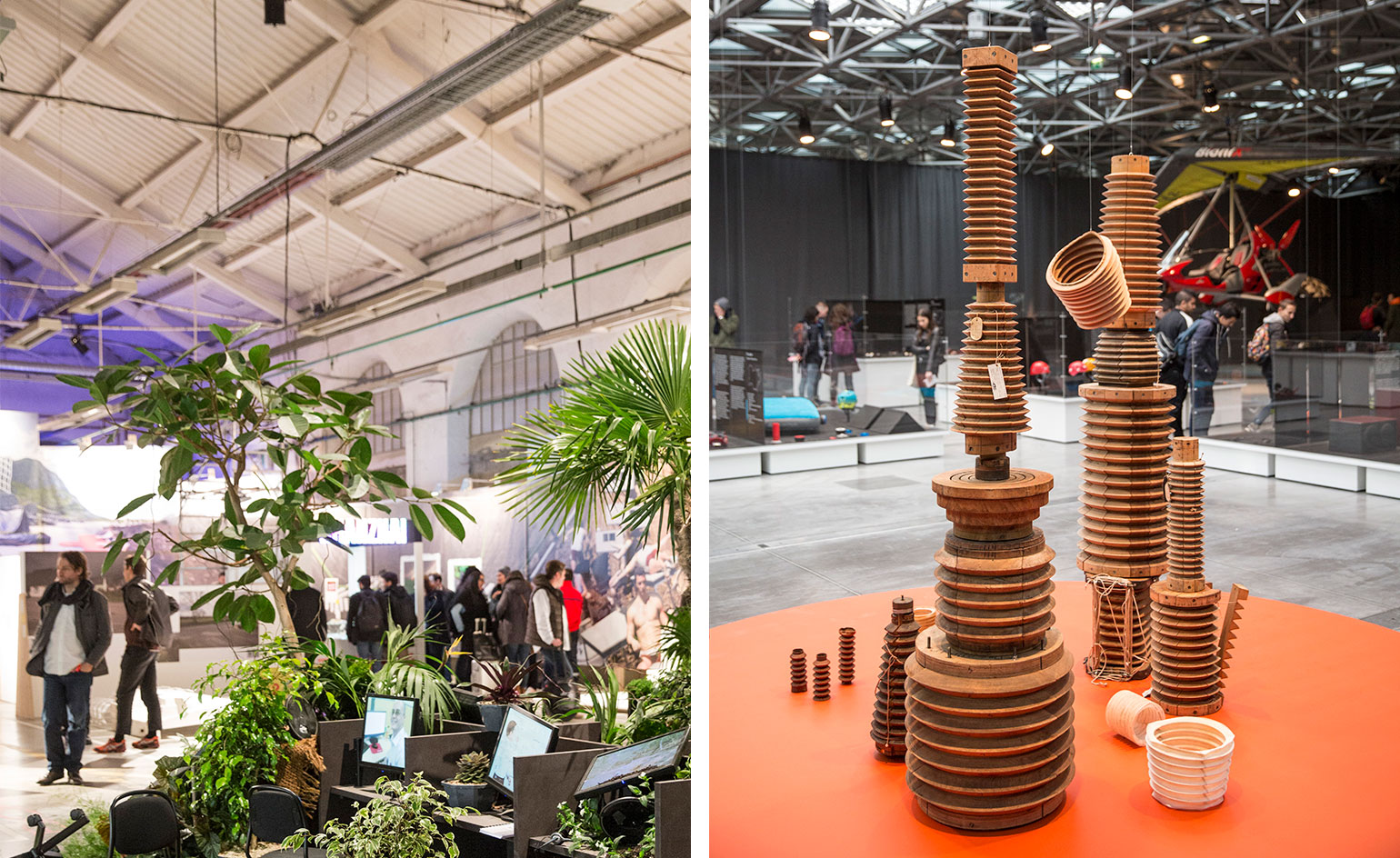
Left, located in La Cité du design’s Building H, the ‘Neoteny Institute for the End of Work' installation by Gwenola Wagon and Stephane Degoutin portrays an abandoned call centre where the frustrated employees, driven mad by their oppressive environment, have broken free – allowing the plants to transform the office into a zen garden. Right, a show titled ‘Best of métiers’ highlights the many manufacturing companies that have taken root in the Auvergne-Rhône-Alpes region
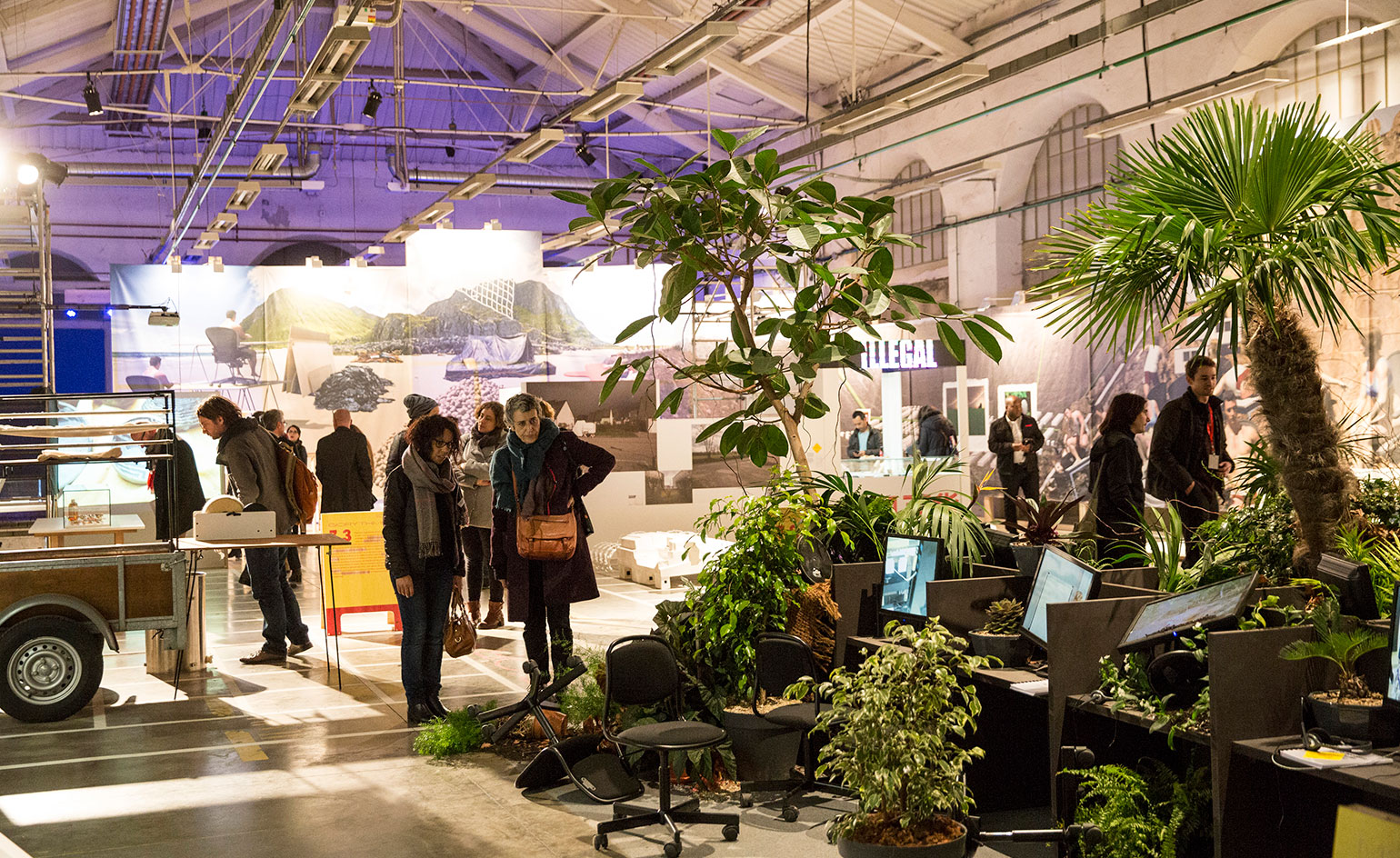
‘Cut & Care’, curated by Ju Hyun Lee and Ludovic Burel, pulls together a bizarre selection of products suitable for tomorrow’s ‘horizontal workers’
INFORMATION
Saint-Étienne’s International Design Biennale is on view until 9 April. For more information, visit the biennale website
Receive our daily digest of inspiration, escapism and design stories from around the world direct to your inbox.
Ali Morris is a UK-based editor, writer and creative consultant specialising in design, interiors and architecture. In her 16 years as a design writer, Ali has travelled the world, crafting articles about creative projects, products, places and people for titles such as Dezeen, Wallpaper* and Kinfolk.
-
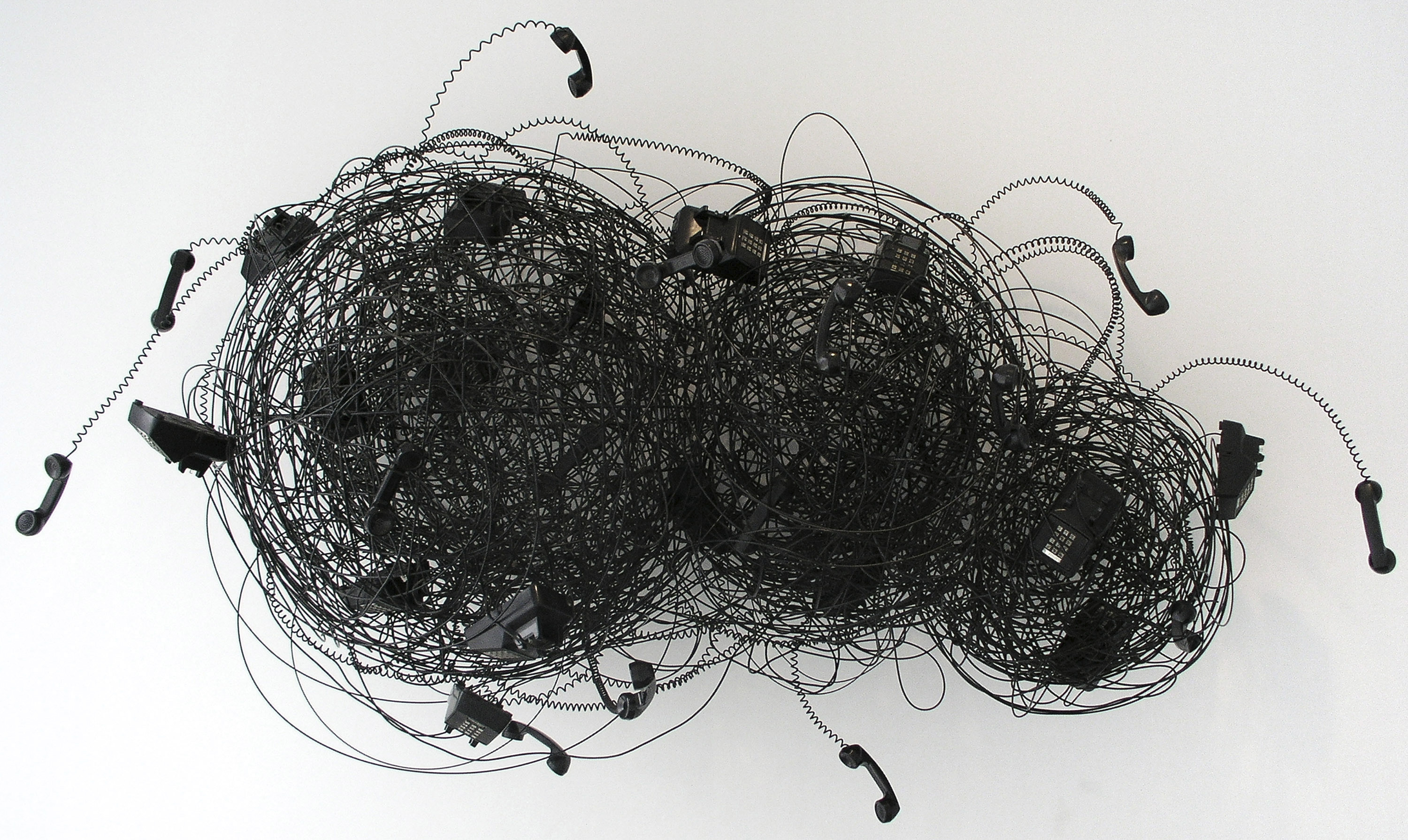 Robert Therrien's largest-ever museum show in Los Angeles is enduringly appealing
Robert Therrien's largest-ever museum show in Los Angeles is enduringly appealing'This is a Story' at The Broad unites 120 of Robert Therrien's sculptures, paintings and works on paper
-
 The Wallpaper* style team recall their personal style moments of 2025
The Wallpaper* style team recall their personal style moments of 2025In a landmark year for fashion, the Wallpaper* style editors found joy in the new – from Matthieu Blazy’s Chanel debut to a clean slate at Jil Sander
-
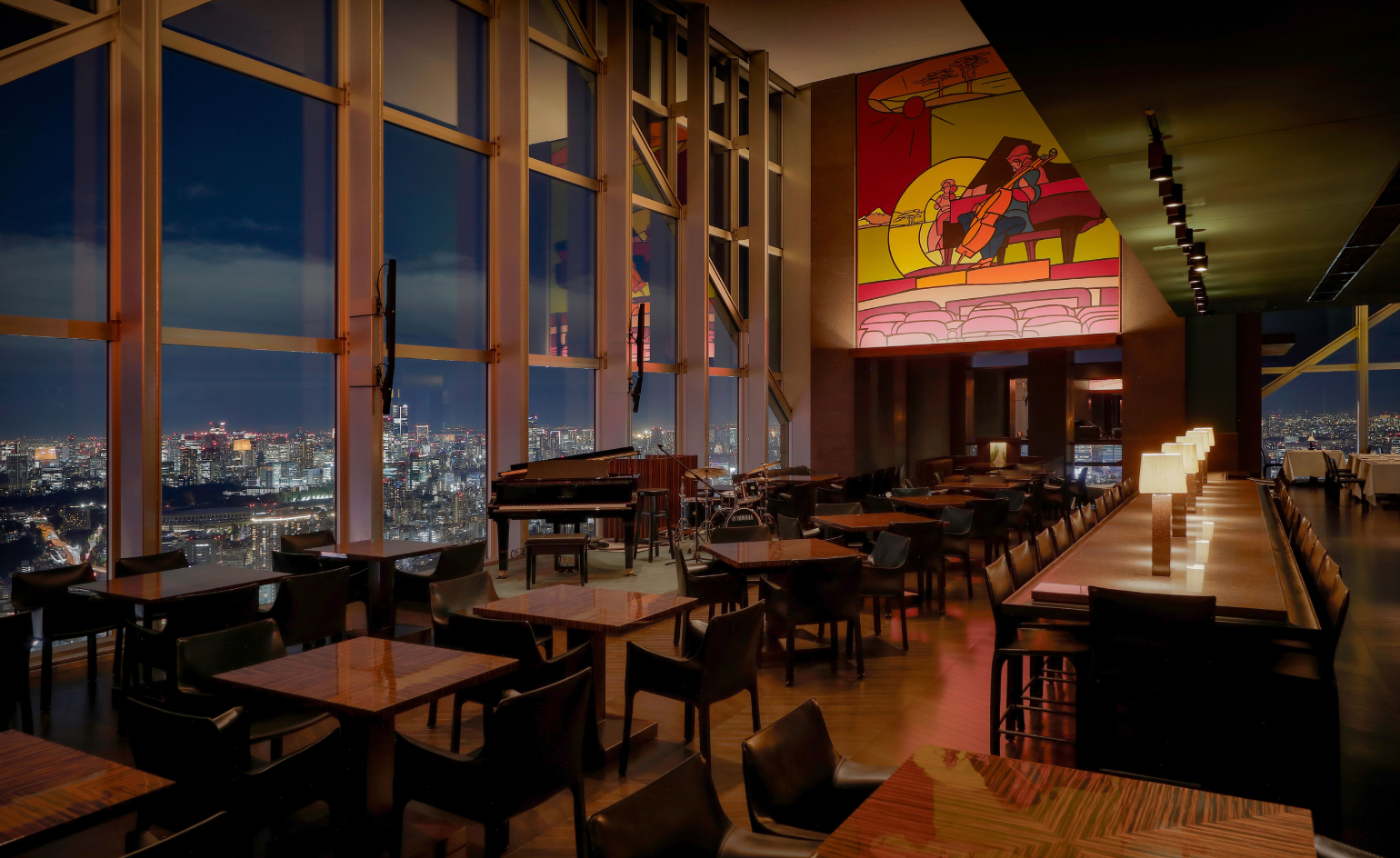 Tokyo’s most cinematic stay reopens as an exercise in architectural self-control
Tokyo’s most cinematic stay reopens as an exercise in architectural self-controlPark Hyatt Tokyo and Studio Jouin Manku demonstrate how design can evolve without erasing memory, balancing modernist heritage with contemporary comfort